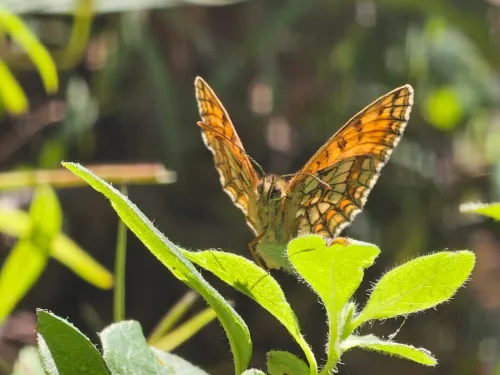
Meet the enchanting heath fritillary butterfly
This rare butterfly relies on wild woodlands - learn more & support its future.

The Blean Wildscape is our vision for an iconic landscape, where wilderness can be experienced, and nature is at the heart of healthy communities with a thriving green economy.
The UK is one of the most nature-depleted countries in the world. In Kent, wildlife has suffered over recent decades from habitat loss due to poorly planned developments and pollution in our rivers and seas.
Kent’s Blean complex is the largest area of continuous ancient woodland in southern England. It is a hotspot for the rare and iconic heath fritillary butterfly and Red-list woodland specialist birds, including lesser-spotted woodpeckers, nightingales and spotted flycatchers. Several invertebrate species thought extinct in the UK have also been recently recorded. With only 2.5% of the UK covered by ancient woodland, protecting every hectare is vital.
Led by Kent Wildlife Trust, RSPB and the Woodland Trust, partners from across the Blean Wildscape have embarked on a journey that will see the future of the Blean secured to become a place not only visited for its outstanding wildlife and scenic woodlands but also recognised for its positive social and economic opportunities for the community.

Our collective vision: The Blean Wildscape is a biologically rich, extensive, connected, and resilient ancient woodland, managed through natural processes, where wildlife and people live harmoniously and provide hope for the future of protected areas across the UK.
Over the next 25 years, using a joined up approach, the Blean Wildscape Initiative will work with the community, landowners/managers and stakeholders from across the landscape to deliver our collective vision for this landscape. We will work collaboratively to unlock strategic opportunities for green investment to not only restore this precious landscape, but also realise benefits for local people and businesses.
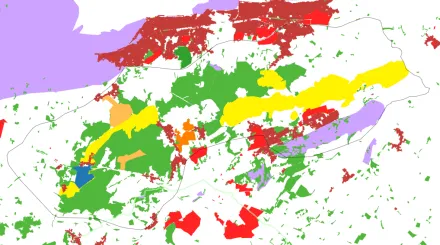
Over the past two years, we have worked with a wide range of stakeholders, partners and the wider community to shape the vision for the landscape. Thanks to funding from Rewilding Britain, we have built a strong evidence base which will provide a roadmap for delivering a connected landscape, healthy ecosystems and a thriving community.
Learn more about the process of creating the vision and our evidence base below.
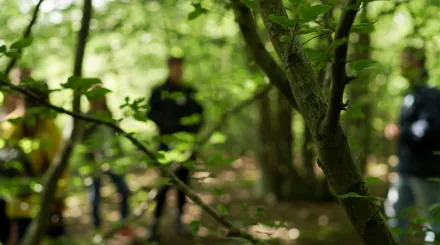
Tom Cawdron
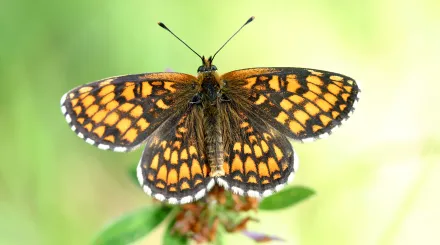
© Jim Higham
Our long-term vision is to rebuild ecological connectivity across the Blean landscape by working with private landowners and managers collaboratively.
This could be through the expanding areas of land for conservation through both acquisition and conservation agreements with engaged landowners, facilitating change on marginal agricultural land through finance models driven by Nature-based Solutions and creating connectivity between core areas through habitat corridors and wildlife-friendly infrastructure such as bridges and tunnels.
Natural grazing by herbivorous animals is critical to the health and resilience of many of our ecosystems. This relatively simple solution of natural management can enhance biodiversity by opening up landscapes, allowing a diverse range of plants to thrive. Habitats like woodlands are then more resilient to climate change with boosted carbon storage capabilities, reducing the risk of catastrophic floods and fires. Read more about Wilder Grazing.
People are at the heart of the Blean Wildscape. Without them this project cannot succeed. Given the local communities’ proximity to the woods and the bond they have with this landscape, it’s essential to establish close links with community, ensuring they are involved in the decision-making process and are empowered to take positive actions for nature.
Over seven million people visit Canterbury, Whitstable and the surrounding areas annually. Despite a growing interest in sustainable tourism and experiences which help people connect with nature, many visitors to East Kent are unaware of the Blean. This presents an opportunity for the increasing number of eco-tourism businesses operating within the Blean landscape and
There are lots of ways to get involved with the project and will determine the future of the Blean. Do you have a farm or land in the Blean landscape with an area that could contribute to habitat corridors? Are you a keen naturalist and fancy joining the Blean Wildscape Community Group? If you would like more information or to get involved with any aspect of the project, please get in touch.

Join our Blean Wildscape Community Advisory Group! We want members of the local community to get involved in the Wilder Blean Initiative. Share your passion for your local area, have a voice in decision making and contribute meaningful actions for nature in the Blean. Everyone is welcome.

This rare butterfly relies on wild woodlands - learn more & support its future.
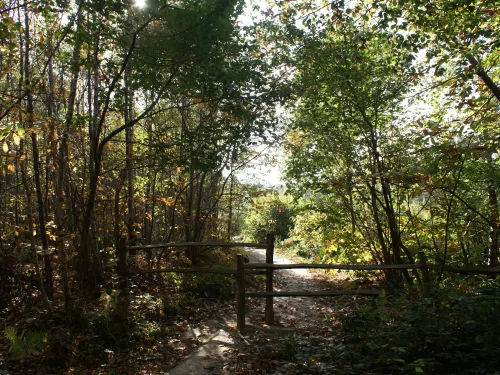
Kent Wildlife Trust and CPRE Kent welcome the decision by Canterbury City Council to remove a controversial site for large-scale development in the heart of the Blean woodland complex from its 2040 draft Local Plan.
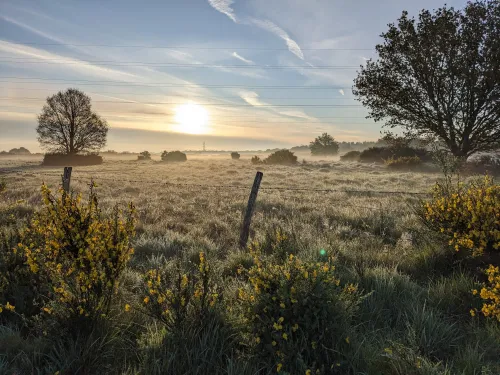
Conservationists and local volunteers are celebrating after Old Park and Chequers Wood, a unique green space on the eastern fringe of Canterbury, has been officially designated as a Local Wildlife Site (LWS).

This week, pupils at Herne Junior and Herne Infants were treated to a very special experience as part of their journey to connect with local wildlife and the natural world. Kent Wildlife Trust’s education team joined forces with New York Times bestselling…
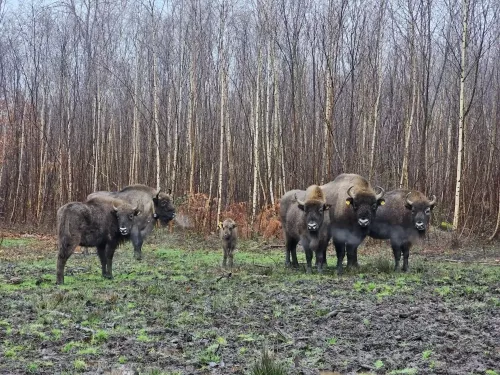
Since bison were released into West Blean and Thornden Woods on the outskirts of Canterbury, they have not only transformed the landscape but significantly grown in number.
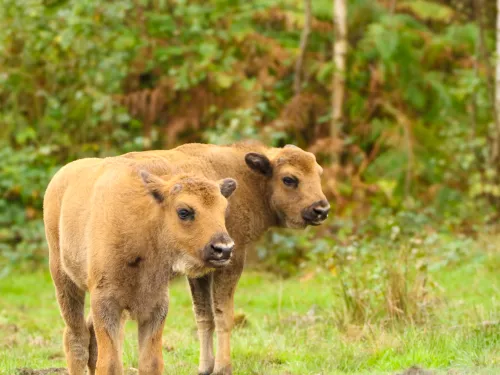
Ground-breaking wilding project welcomes the birth of two female bison calves